Wildflowers are a good option for the gardener who wants plants to do the "heavy lifting" without a lot of help from them. The secret is to select wildflowers that fit your conditions. That way they're practically self-sufficient.
10 Wildflowers That Do Well in Home Gardens
1
/
10
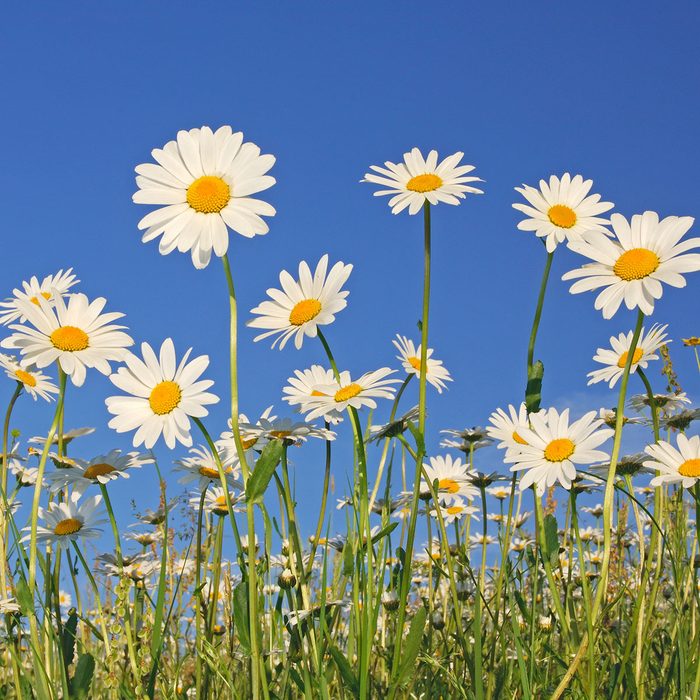
Daisies
Ever hear the expression “pushing up the daisies”? It refers to the dearly departed resting under the wildflowers in country cemeteries. You gotta figure that a flower that can fend for itself in a cemetery can do well in your yard. Pyrethrum or painted daisy (Chrysanthemum coccineum) blooms in early summer, Shasta daisy (Chrysanthemum maximum) in midsummer. Deadheading will extend the season of bloom for both. Hardy in Zones 5-9.
2
/
10
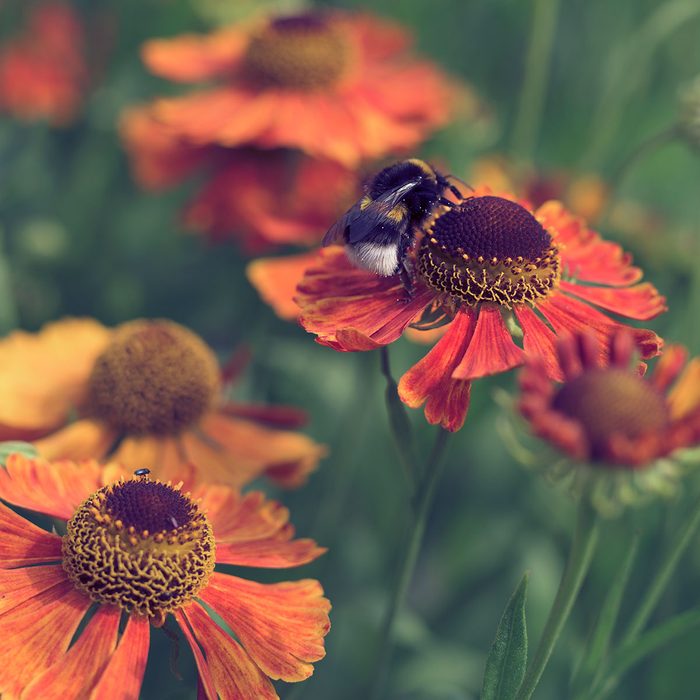
Helenium
Helenium (Helenium autumnale) once went by the unfortunate name of sneezeweed. The name didn’t stick, mostly because the plant is not a weed and it’s not about to prompt a sneezing fit. But it does bloom in late summer, when other allergy-producing plants are wreaking havoc with our sinuses—hence the old name. The daisylike flowers come in a range of autumnal hues, ranging from bright yellow to copper to orange-red. Helenium is easy to grow, but may need dividing every few years to stay vigorous. (Hey, free plants!) Hardy in Zones 3-8.
3
/
10
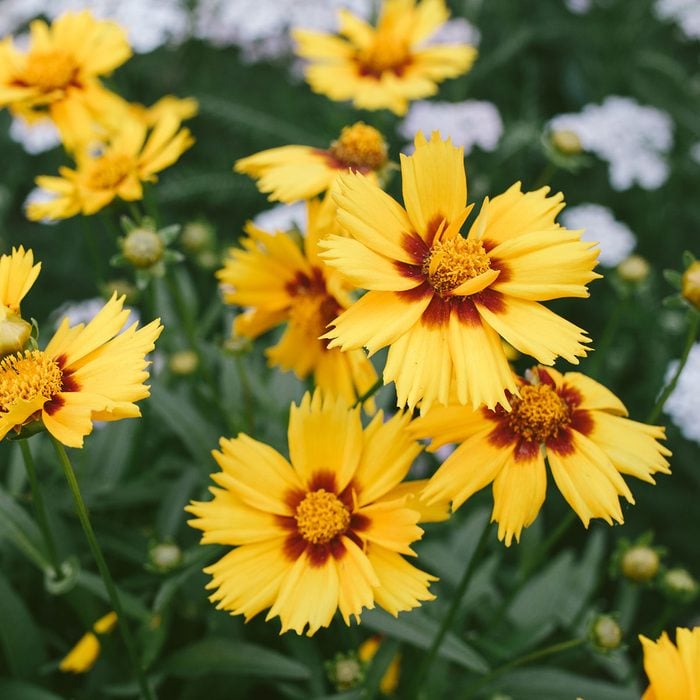
Coreopsis
Coreopsis, also called tickseed, is a long-blooming perennial wildflower for dry, lean soils. Keep it deadheaded and it will bloom all summer. The most popular species for home gardens are threadleaf coreopsis (C. verticillata), which has small blooms and attractive, deeply cut foliage, and lanceleaf (Coreopsis lanceolata), which has larger flowers atop upright stems. Most have yellow flowers, some are bicolored. Coreopsis has the added benefit of being deer resistant and bee-friendly. Threadleaf is hardy in Zones 5-9, lanceleaf in Zones 4-9.
4
/
10
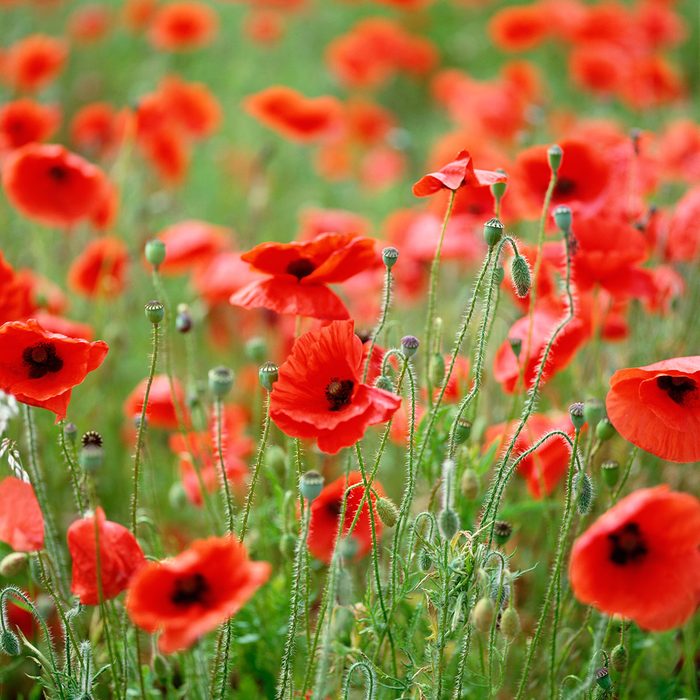
Corn Poppies
Corn poppies (Papaver rhoeas) are exceedingly easy to raise from seed. Also called corn Flanders poppies, these cheerful red wildflowers arose almost miraculously from World War I battlefields such as Flanders Field following the end of hostilities. The crepe paper-like flowers can paint a meadow red in late spring and early summer. Leave the attractive seedpods in place to mature a crop of these annuals next year.
5
/
10
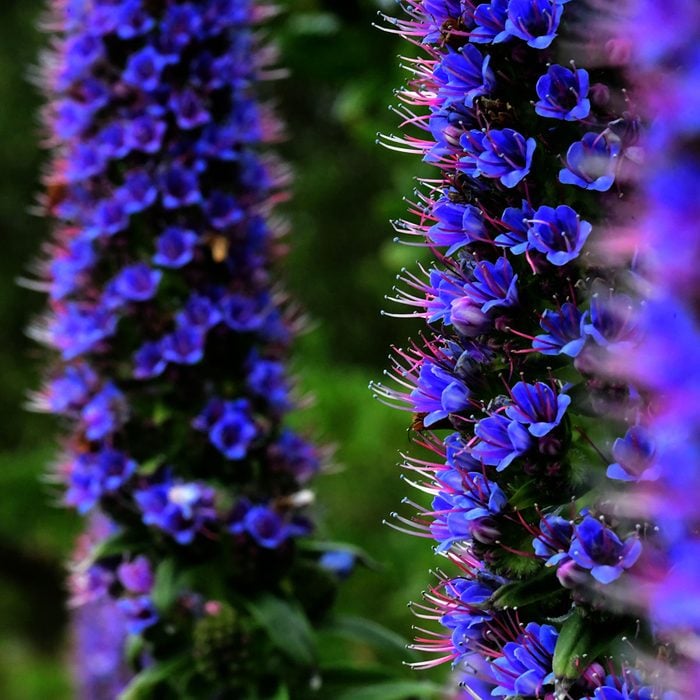
Larkspur
Larkspur (Consolia ajacis) is another self-seeding annual flower for wildflower gardens. It offers spires of purple, blue, pink and white blooms in late spring and early summer. Larkspur also has pretty fern-like foliage. Seed a bed once and it will reappear year after year, often slowly migrating around the yard. It’s not invasive, though, and small seedlings are easily removed where they’re not wanted.
6
/
10

Purple Coneflower
Purple coneflower (Echinacea purpurea) isn’t always purple. In the last decade or so, plant breeders have released a number of other colors including white, yellow, red and orange. All have one thing in common with the species: they’re dependable late-season perennials. Some cultivars are compact, others are taller, so there’s an Echinacea for just about any spot. Better yet, it’s deer and drought resistant. Hardy in Zones 3-8.
7
/
10
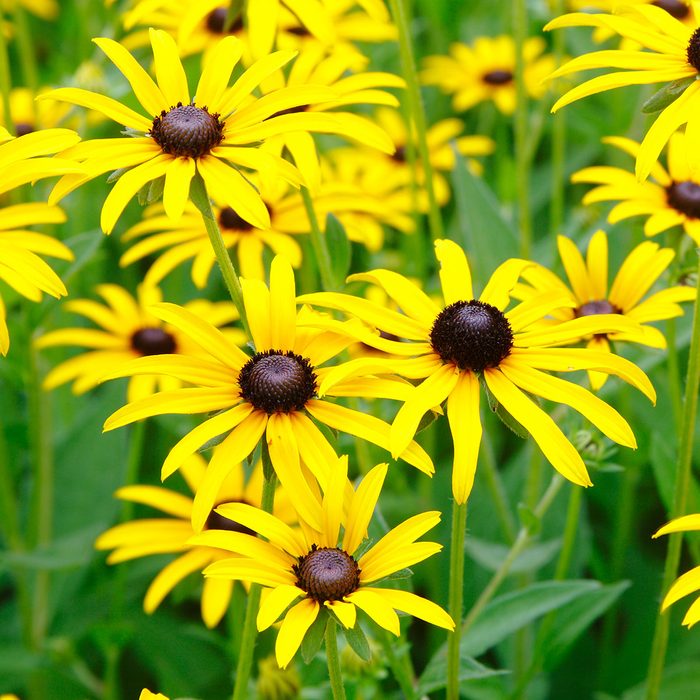
Black-Eyed Susan
Where there are purple coneflowers, black-eyed Susans (Rudbeckia fulgida) are likely lurking nearby. They like the same conditions, accept poor soil, and come on strong at the same time of year. Black-eyed Susans are renowned for their golden yellow flowers and dark-brown centers. The related brown-eyed Susan (Rudbeckia triloba) and Irish Eyes (Rudbeckia hirta) are short-lived perennials that self-seed easily. The latter features green eyes and two-tone gold and yellow petals. Hardy in Zones 4-8.
8
/
10
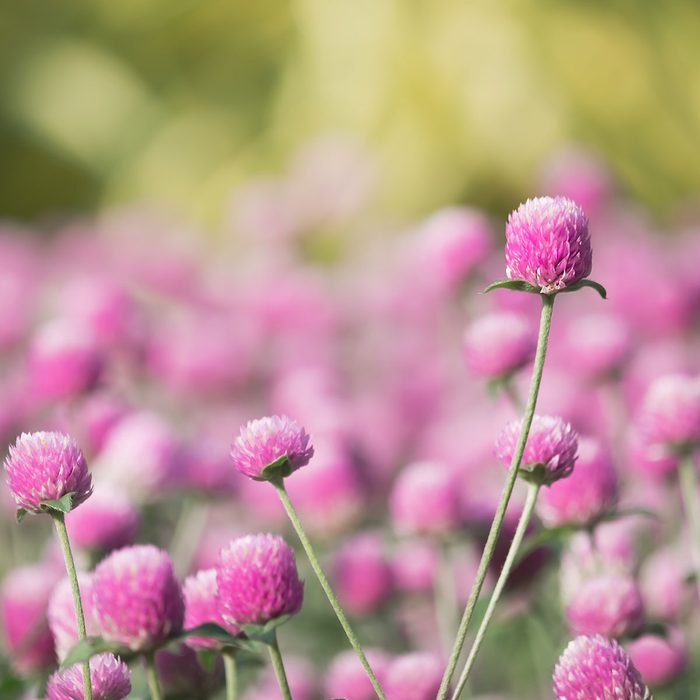
Globe Amaranth
Globe amaranth (Gomphrena globosa) is an easy-care annual with unique miniature pom-pom flowers in bright hues of purple, lilac, white, violet and red. Although relatively compact, the plants are hard to miss when in bloom. They’re very heat tolerant but will look their best if given enough water. The blooms last for months—and they also make great dried flowers.
9
/
10
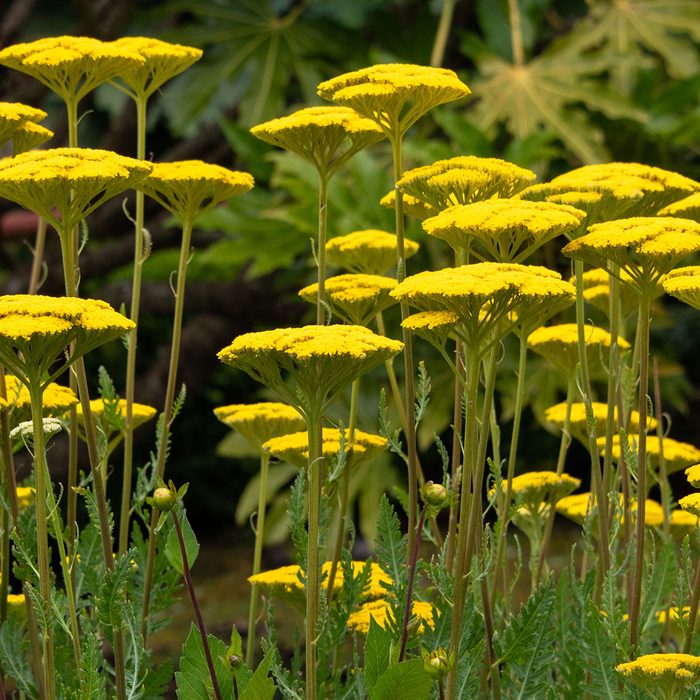
Yarrow
Don’t let the bright flowers fool you, yarrow (Achillea filipendulina) is tough as nails and sneers at neglect—not what you’d expect for such a pretty flower. The rounded flower clusters appear from midsummer to early fall. They are butter yellow on the species but red, pink, salmon or white on various cultivars. The ferny foliage is attractive in its own right. The white-flowered species, Achillea millefolium, is a vigorous grower but can be a garden thug, overtaking companions, unless you thin it out regularly. Hardy in Zones 3-9.
10
/
10
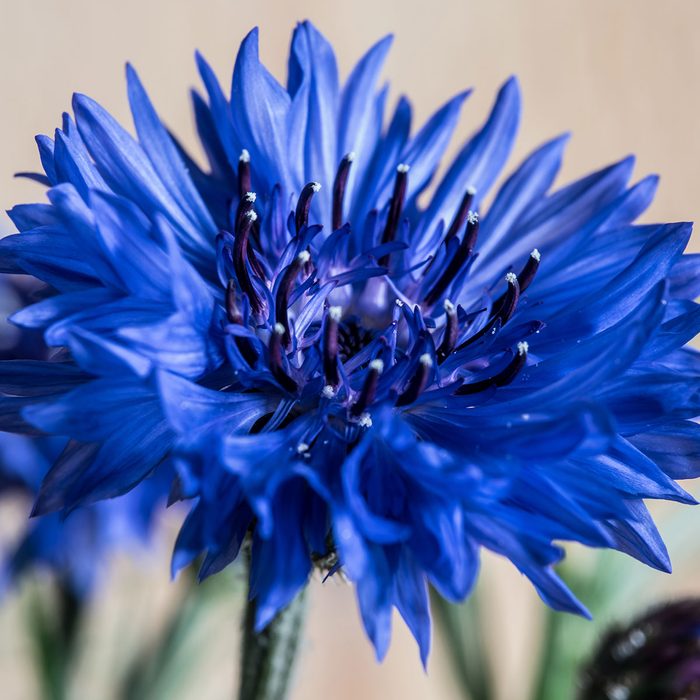
Bachelor’s Button
Bachelor’s button (Centaurea cyanus), also called blue cornflower, deserves a spot in any wildflower garden if for no other reason than it has true blue flowers. Not purple. Not violet. Not lilac. Blue. And then there’s the silvery green foliage. And the upright growth habit. And the fact that it comes up oh so easily from seed every spring. Sow it once, enjoy it for years to come. Don’t like blue? For shame! But there are white and pink varieties (yawn) too. Tip: deadhead regularly and you can keep this cool-season plant blooming through summer.